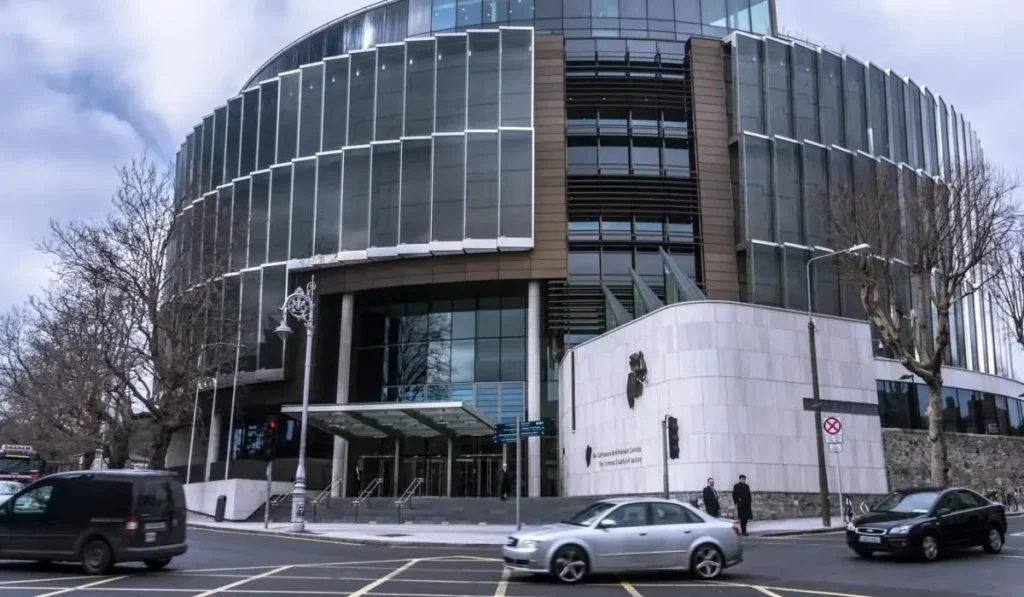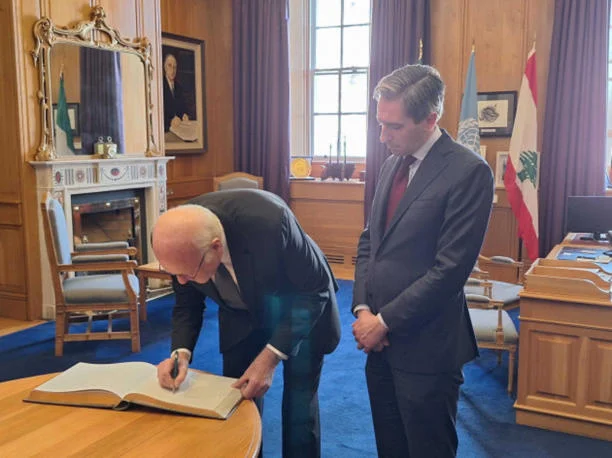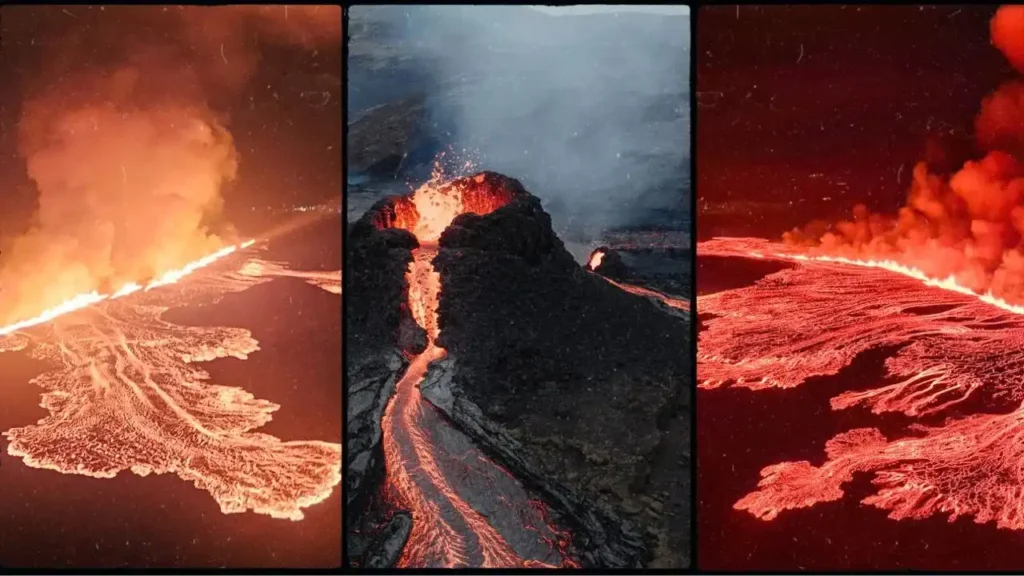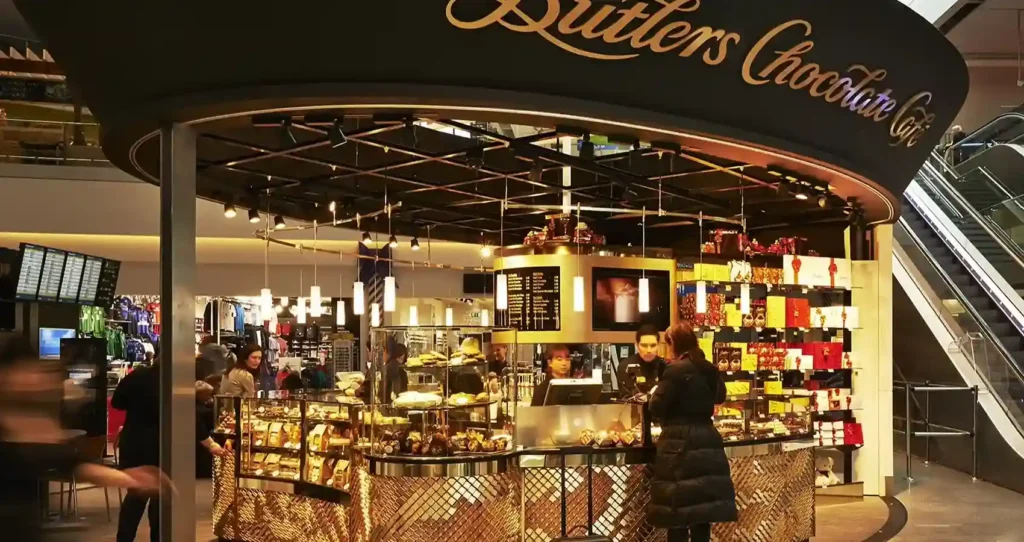Syrian Rebels Overthrow President Assad, Mystery Surrounds His Whereabouts

Taking over the strategic city of Damascus symbolises a new chapter of the Middle East as the Syrian rebels overthrew President Bashar-Al-Assad. This historic event marks the end of Assad’s family’s decades-long rule and signals a turning point after 13 grueling years of civil war. The case of Assad’s regime falling not only alters the balance of power on Syrian soil, but also has repercussions throughout the region: mainly its partners Russia and Iran.
Assad’s Whereabouts And His Ouster
Assad’s regime crumbled at breakneck speed. Government forces and officials scrambled as Syrian rebels advanced into Damascus. These attacks have driven Assad, who has come out in public since the rebellion started, into hiding together with his wife Asma and their children. Exact locations are not known, heightening uncertainty about what Syria’s near future will bring.
Syrian rebels occupying Iran’s embassy in Damascus is another loss for Tehran in Syria. Until recently, Russia and Iran have been playing major roles in supporting Assad throughout the civil war. However, Assad’s support system has been weakened further by the rebels’ victory.
Power Transition And Celebrations
Thousands of Syrians joined in a central Damascus square celebrating the end of nearly half a century of Assad family rule. Waving flags and chanting “Freedom,” the citizens marked a new chapter for Syria. But in a statement, the Syrian rebels said they pledged to form a transitional governing body with full executive powers.
Syrian rebels announced a curfew in the capital as masses of Syrians flooded Damascus streets and squares to celebrate the apparent fall of the Assad regime. The curfew runs from 4 PM local time (1 PM GMT) to 5AM, to prevent chaos from degenerating into anarchy.
No details were offered about the curfew, but the rebels are trying to find a balance between celebrations and security in a city reeling from the effects of massive change.
“The great Syrian revolution has transitioned from the struggle to overthrow Assad to the struggle to rebuild Syria,” declared the rebel coalition. Now they focus on power transfer while dealing with the country’s multiple challenges, including in areas decimated by years of conflict.
Challenges of Stabilization Lies Ahead
Despite the euphoria, the challenges ahead are daunting. Syria has been reduced to ruins by a civil war that began in 2011 as a popular uprising. Those cities are now rubble, hundreds of thousands have been killed, and millions of refugees have fled to neighbouring countries especially after the recent Israeli Airstrikes.
A major obstacle is the presence of the powerful rebel faction now linked to al Qaeda as Hayat Tahrir al Sham (HTS). Despite HTS’ pivotal role in the Syrian rebels’ victory, there is frustration that HTS could impose tough Islamist rule or exact revenge from the former regime supporters.
Western nations, which have long distanced themselves from Assad’s regime, now face a critical decision: what to do when the new administration includes HTS. How the international community will respond will help set Syria’s path to reconstruction, and towards stability.
Reactions From The Global Community
Global and regional powers have reacted with mixed feelings to the prospect of Assad falling. Turkey-backed Syrian forces already have control of key territories in northern Syria. Turkish Foreign Minister Hakan Fidan warned against letting extremist groups use the power vacuum in Syria to their advantage.
Meanwhile, the Islamic State vowed to regroup in the east of the country and the United States has promised to keep forces there since it can’t be sure its airstrikes will utterly eliminate them. The Manama Dialogue security conference heard from Deputy Assistant Secretary of Defence for the Middle East, Daniel Shapiro, that countering jihadist threats was vital.
Egypt and the United Arab Emirates, both involved in fighting against Islamist militant groups, are concerned that HTS has a role in the country’s transitional government. Anwar Gargash, a senior UAE diplomat, said Assad’s fall was a political failure and warned against Syria’s ‘fragile transition.’
A Turning Point for Syria
For Syria and the rest of the Middle East, the removal of Assad is now an option that has been realised. It belongs clearly to the Syrian rebels and yet, they still have a lot of distance left to cover.
HTS rebel commander Abu Mohammed al-Golani has suggested a transition out of chaos like that which followed the fall of Saddam Hussein in Iraq, suggesting he prefers an orderly transition of power.
Syrians, along with international observers, worry about Golani’s association with Islamist extremism but his leadership will be pivotal in shaping Syria’s political future. Countries such as the UAE have lobbied for balancing a governing approach towards extremism.
Assad’s Legacy And Syria’s Future
Syrians celebrating newfound freedom have questions about Assad’s legacy and what to expect next for the longtime leader. Syrians must choose their leaders democratically, Prime Minister Mohammad Ghazi al-Jalali said, calling for free elections.
But the vision is made complicated by the tangled web of competing interests in Syria, from Islamist factions to the likes of Russia, Turkey and the United States.
Given the report of the Syrian rebels’ victory, the regional balance of power has undoubtedly shifted. It is a reminder of the costs of extending a reign of authoritarian rule and a result of the ability of those under such regime to resist.
Conclusion
The ousting of Assad is a defining moment both for Syria and the Middle East. The Syrian rebels have won a major victory, but they still face a long way. It will be crucial to the future shaping of Syria for the country to rebuild a nation torn apart by war, unite a diverse set of factions, and get international support.
Syria is at the point of hope and uncertainty as the world watches. Now the coming months will show whether the Syrian rebels can capitalise on their military gains and forge a lasting, inclusive peace for their land.
Frequently Asked Questions
1. What does the fall of Assad signify for Syria and the Middle East?
The overthrow of President Bashar al-Assad by the Syrian rebels marks the end of his family’s decades-long rule, symbolizing a turning point for Syria and the broader Middle East.
2. Where is Bashar al-Assad now?
Bashar al-Assad, along with his wife Asma and their children, has gone into hiding following the rebels’ takeover of Damascus. His exact whereabouts remain unknown, adding to the uncertainty about Syria’s near future.
3. How are Syrians reacting to Assad’s ouster?
Thousands of Syrians have taken to the streets of Damascus, celebrating the end of nearly 50 years of Assad family rule. Amid the festivities, the Syrian rebels announced a curfew to balance security and celebrations in the capital.
4. What are the challenges the Syrian rebels face post-Assad?
The Syrian rebels now face the daunting task of rebuilding a war-torn nation, managing diverse factions, and addressing the role of groups like Hayat Tahrir al-Sham (HTS). Stabilizing Syria and gaining international support are critical for a successful transition.
5. How is the international community responding to the events in Syria?
The international community has shown mixed reactions. Nations like Turkey and the UAE are concerned about extremist groups exploiting the power vacuum, while the U.S. remains focused on countering jihadist threats.
LATEST NEWS
DISCOVER MORE






